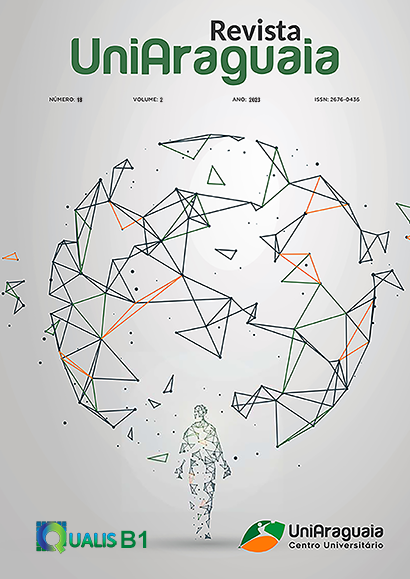ESTUDO DE CASO DO IMAGINÁRIO DE UMA AMOSTRA POPULACIONAL SOBRE O USO DA CAMISINHA COMO MÉTODO PREVENTIVO CONTRA HIV/AIDS NAS PRÁTICAS SEXUAIS, E DAS PROPAGANDAS DIVULGADAS PELO MINISTÉRIO DA SAÚDE NA ÉPOCA DO CARNAVAL
Keywords:
Hiv-Aids. Camisinha. Práticas sexuais.Abstract
Este estudo teve como objetivo investigar o uso da camisinha como um meio adequado e seguro nas práticas sexuais diversas, no sentido de prevenir a contaminação pelo vírus do HIV/AIDS; assim como avaliar se as campanhas do Ministério da Saúde advertem à população em sua diversidade (LGBT) durante o período de 2007à 2016, e demonstrar a percepção dos usuários sobre a eficiência do preservativo nas práticas sexuais diversas e conhecer o comportamento do usuário em relação ao uso do preservativo. Trata-se de um estudo descritivo, de caráter exploratório. A pesquisa foi realizada por meio de um instrumento de coleta de dados com usuários da rede social Facebook, de ambos os sexos, com idade entre 19 a 63 anos. 60% dos entrevistados reconhecem o uso do preservativo como a melhor forma de evitar a infecção pelo HIV. Percebeu-se que, a informação é um importante componente para a adoção de comportamentos sexuais mais seguros. Não foram observadas diferenças relevantes por grupos heterossexuais e homossexuais masculinos quanto ao conhecimento sobre a utilização e eficiência da camisinha masculina. Entretanto observou-se em homossexuais femininos o conhecimento significativo da eficiência e utilização, porém apesar de reconhecer sua eficiência não a utilizam. Esse trabalho fornece subsídios para atividades de educação em saúde sobre a temáticaDownloads
Published
Issue
Section
License
The copyright of the published articles will be transferred to the Uniaaraguaia Magazine, allowing its subsequent reproduction as transcription and with due citation of source. In the event of acceptance and before the publication of the article, the plaintiff (s) shall write a statement formally transferring copyright to the magazine.
The author may also print and distribute copies of his article, provided that he mentions that the rights belong to the Uniaaraguaia Magazine.
Author rights include the right to reproduce in full or partly by any means, distribute this article, including figures and photographs.
By submitting originals to the Uniaaraguaia magazine, the author or authors express agreement with the following terms:
a) Authors maintain copyright and grant Uniaraguaia magazine the right of first publication, with the work simultaneously licensed under the Creative Commons Attribution license that allows the sharing of work with recognition of the authorship and initial publication in this magazine.
b) Authors are authorized to assume additional contracts separately, for non-expiration distribution of the work version published in this magazine (eg publish in institutional repository or as book chapter), with recognition of authorship and initial publication in this journal.
c) Authors are allowed and are encouraged to publish and distribute their work online (eg in institutional repositories or on their personal page) to any point before or during the editorial process, as this can generate productive changes as well as increase the impact and citation of published work.

